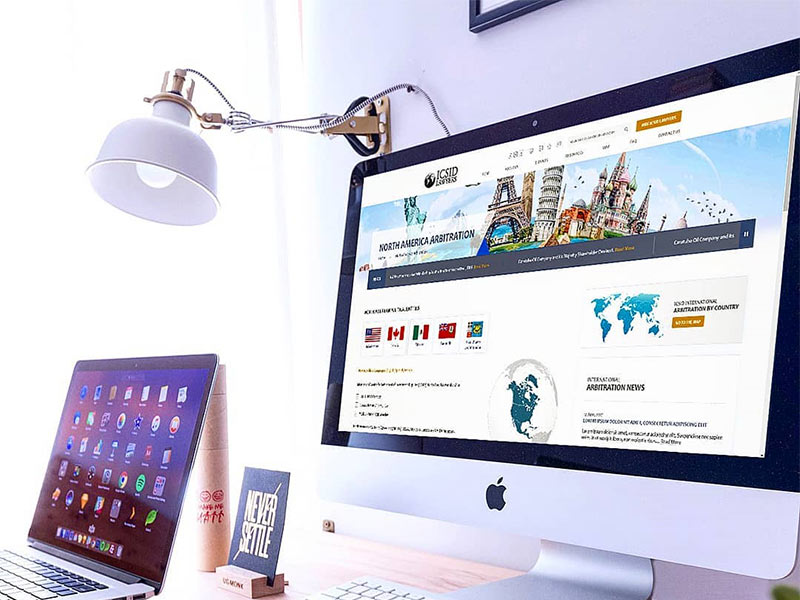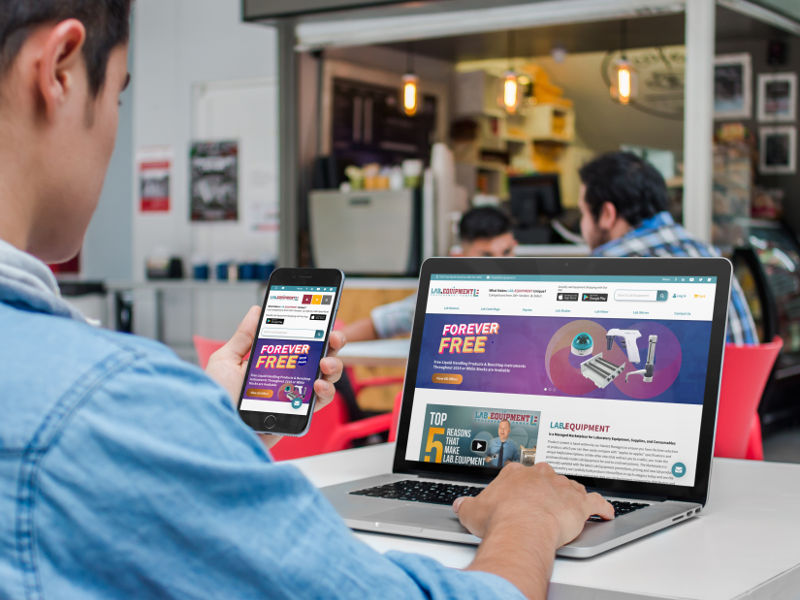We’ve all heard of “a picture is worth a thousand words”. It happens when we see how a pair of trousers looks on a model, when we see a good image of a rented flat or how a hamburger looks on the menu of a burger restaurant. In the case of images for the web, moreover, it is literally true.
Although unpublished, relevant and useful texts, as well as well presented, are essential to convert the maximum number of visitors into customers and also for Google to have the maximum number of positive elements to place us as high as possible in the ranking, the first thing that attracts attention, in a positive or negative sense, are the images for web that we have chosen.
This can be achieved with a series of guidelines listed below:
Choose ONLY images for professional websites
This is the number one and most important rule when choosing images for the web. If your photos are not professional, your website will not look professional. There are many people who think they take good photos and that’s why they are suitable for your website, but in the vast majority of cases this is not the case. If a person has no knowledge of photography, and preferably of photography for web, rarely will their images be suitable to illustrate a page.
Get rid of excessive artificiality
One of the challenges of choosing web images in a stock is separating the grain from the wheat. Some photos look very pretty but are overly retouched, with strange effects or unnatural framing. You have to find a balance between a professional, not amateur look (which can sometimes be found in paid image banks as well), and one that is far from unnatural.

Take your time to choose your web images
If we have made the effort to hire stock images, keeping the first one we have found after entering the search terms will be throwing stones on our own roof, because that is probably what companies that need photos on the same thing do and we will not be able to differentiate ourselves from them.
Choosing images is difficult, in the same way that not everyone knows how to take good photos, not everyone knows how to select the most suitable ones. Let’s look at the websites of the leading companies in each sector and learn about the style of images they use and then take enough time to search and browse, and if necessary, download the free watermarked version to test it on our website, along with the rest of the photos, before deciding to buy them.
Choose the right frame and orientation
There are beautiful professional images that do not work on a website. Portrait orientation, for example, is rarely used, as images should be intended for horizontal computer screens or for mobiles where very long images require moving the screen down too many times. Images that are too general are also rarely suitable, since, with a few exceptions, they make it difficult for the user to focus on a particular concept and can even scatter attention.
Remember that visual metaphors work very well
We should not always be completely obvious in the selection of images to illustrate each theme. In other words, a text about childhood does not need to be accompanied by a baby or a text about love associated with a couple kissing: the image of a drawing made by a child or the footprints of two people on the sand of a beach can work very well in its place.
Be careful with the photos where people appear (they can benefit or harm our objective)
Images of people often build trust. A website full of still lifes has it more complicated to arouse emotions. However, images of people must start from an even more accurate selection than the rest, since they will be associated with the brand image: if the expression and the appearance of people transmit confidence, the brand will also do it, and vice versa.
Look for consistency in the whole
If we have chosen a perfect image, selecting for the same page within the website another one with the same type of frame, similar content or colours too similar to each other, will make the whole thing not work. In the same way, if the images are too disparate in terms of styles, retouching, framing, etc., it will also generate a lack of visual coherence.
Optimize them so that their size does not affect web performance
One of the main reasons why a website is slow and causes a large percentage of users who enter it to leave before carrying out a conversion (purchase, request for information, etc.), is because of the excessive size of its images.
Think that there is life beyond images
Sometimes we become obsessed with finding spectacular images, but there are other interesting resources besides them, such as illustrations, icons, color or gradient backgrounds, font combinations, etc. This is especially interesting on software sites, institutional sites, personal blogs and more. In addition, videos are gaining more and more ground, also available in image banks, although at a very high price compared to hiring a video operator for a specific shoot for us.
Ask for a hand
If after reading this post you still don’t know if you’re going to choose the best photos for your web, don’t feel like an alien, it’s normal; we’ve already said it a couple of times in this post: to select suitable images for web you have to have a criterion formed from experience and sensitivity, and it’s not easy.


